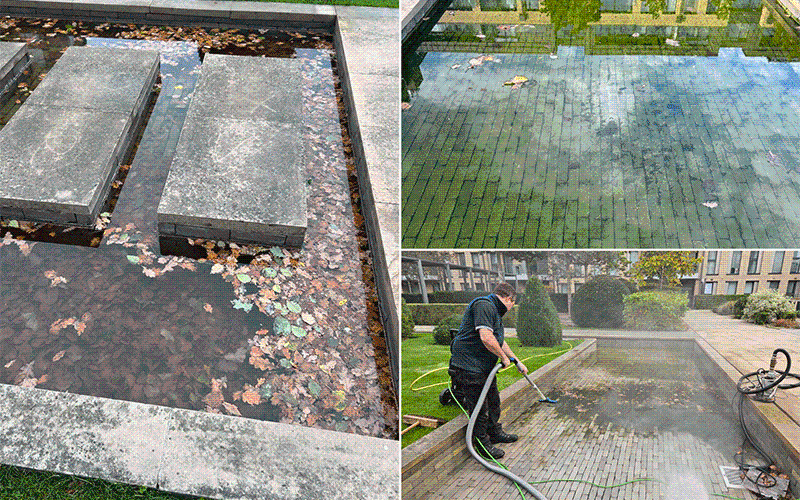
Water Feature Specialists Reveal Essential Autumn Maintenance Steps to Prevent Seasonal Damage
As autumn conditions intensify across the UK, water feature specialists are sharing essential maintenance steps to prevent costly winter damage and protect landscape infrastructure investments. The combination of falling leaves, dropping temperatures, and changing water chemistry creates unique challenges that demand immediate attention from facilities managers and landscape contractors.
"Autumn represents a critical transition period for water features," said Ed Harwood, Maintenance Contracts Manager of water feature specialists Waterscapes Ltd. "Left unmanaged, this season's combination of organic debris and cooling water can trigger equipment failures, structural damage, and costly water quality issues that become apparent too late to prevent."
The guidance comes as property managers prepare outdoor spaces for winter, when inadequate seasonal maintenance can compromise valuable landscape amenities and lead to expensive emergency repairs.
Critical Autumn Challenges
According to Waterscapes, leaf fall presents the most immediate challenge for water features. Decomposing organic matter affects water quality, clogs filtration systems, and can damage pumps if left unmanaged. Physical barriers such as netting provide essential protection but require regular inspection and clearing during peak leaf fall periods.
"Even small amounts of debris create problems when they settle and break down,"
explains Ed.
"Professional maintenance schedules typically increase frequency during autumn, with some features requiring attention several times weekly to prevent filtration system damage."
Top Tips: Essential Autumn Water Feature Maintenance
1. Daily Debris Management - Check and clear skimmer baskets and pre-filters daily during peak leaf fall. Use netting over features (where possible) if surrounded by deciduous trees. Even small amounts of decomposing leaves release tannins that discolour water and hard landscapes whilst fuelling algae growth.
2. Seasonal Water Treatment Adjustments - Reduce chemical dosing rates as temperatures drop - summer levels often prove excessive in cooler weather. Supplement biological treatments as beneficial bacteria become less active. Test water chemistry regularly as conditions can shift rapidly during autumn.
3. Pre-Winter Structural Inspection - Identify and repair cracks, failing seals, and leaks before freezing weather arrives. Small issues that seem minor now become serious when water freezes and expands. Autumn offers the ideal window for remedial work whilst conditions permit.

